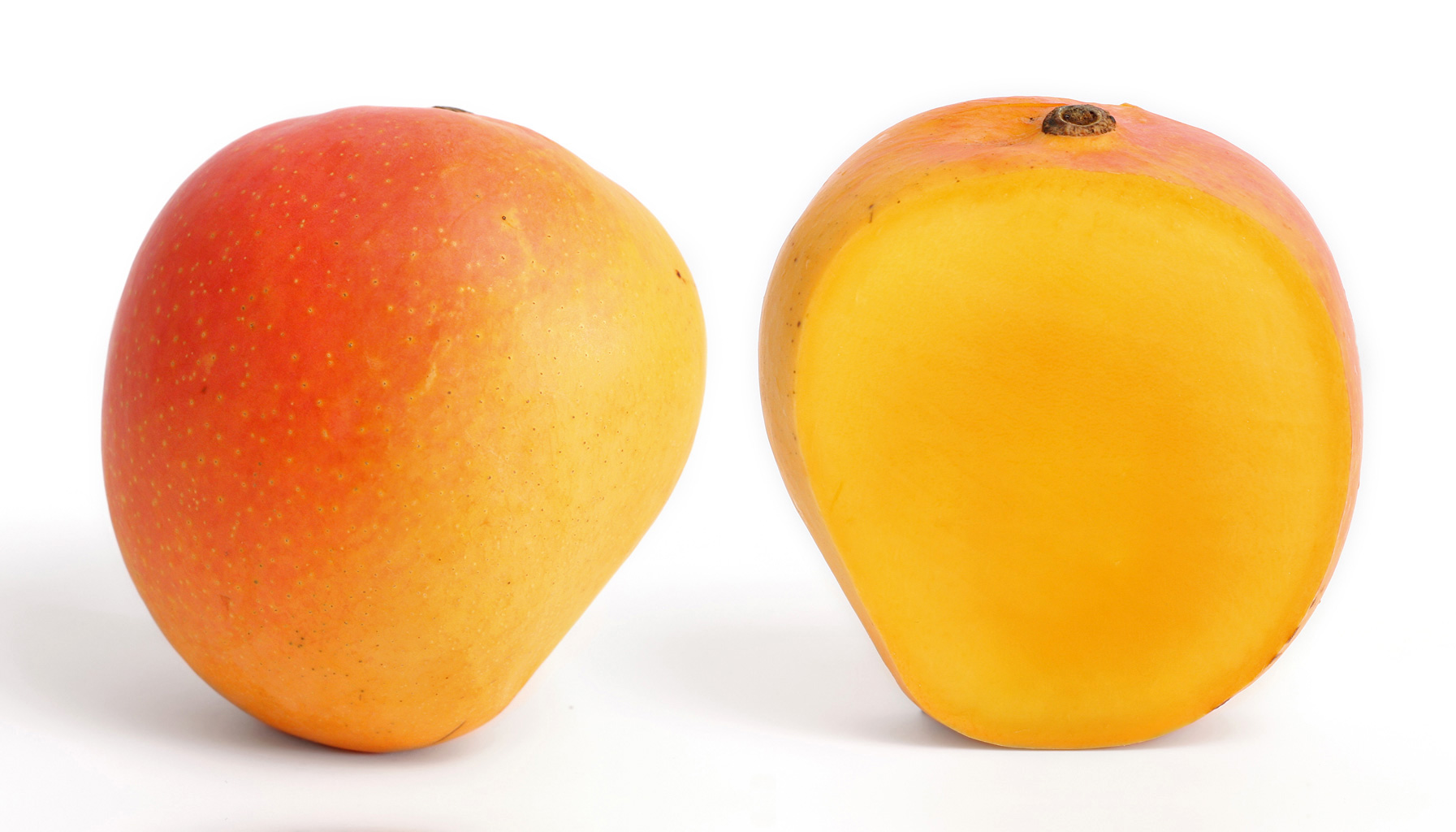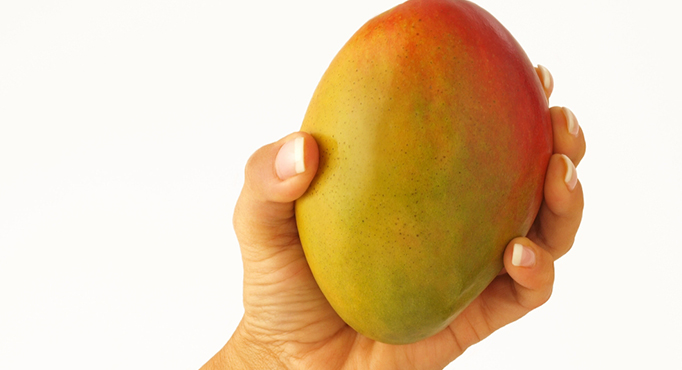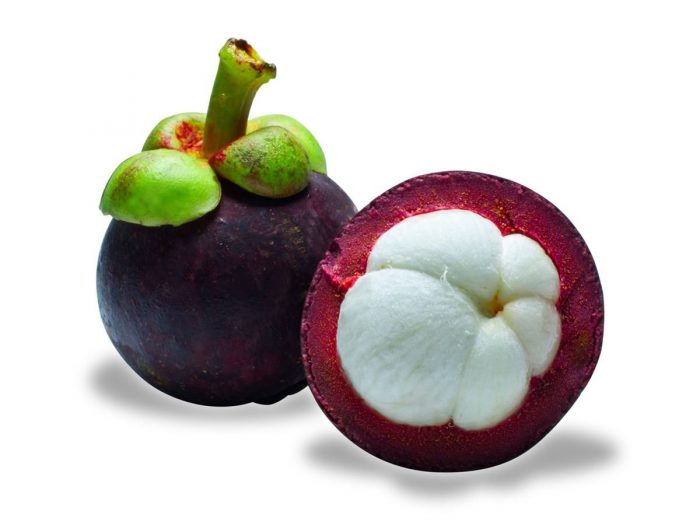Timsup2nothin
Deity
- Joined
- Apr 2, 2013
- Messages
- 46,737
I've recently taken to eating fresh mangos. For those who don't know, and since is critical to the discussion, the next paragraph is a detailed description of a mango. If you are familiar you might skip to the following paragraph.
A mango is shaped sort of like an American football, or a rugby ball; basically an elongated sphere. It has a thin skin, sort of like a nectarine, in other words like a peach but not fuzzy. The meat is also the same consistency as a peach. I don't think you are supposed to eat the skin, though it suddenly occurs to me that maybe I should try it. Inside, there is a seed. It's oval, but pretty flat. In the plane that it is not flat it is pretty big. Not like the edge almost reaches the skin, but a lot bigger than it is in the flattened direction.
I've tried a couple different ways to peel and eat these things, both of which were messy and more or less a pain in the butt...though worth it. It seems pretty clear, in both methods, that if I happened to start out on the side of the mango where the flat of the pit is it would be easier. The first time (which was my first encounter with a mango pit) I actually though "wow, if I had x-rayed this thing I'd have done that a lot differently" because finding out that the pit wasn't sort of shaped like a peach pit surprised me. So Schrodinger comes in because as near as I can tell there is no way to judge the orientation of the pit until you are carving away at the mango.
And here's the odd thing. After finding out the first time that it does make a difference, and thinking it was serious bad luck that I was almost exactly 90 degrees off the ideal I shrugged and went my way. But four more mangos later, for a total of five, I have yet to hit anywhere close to ideal. In fact I have yet to be more than a few degrees off from the worst possible angle of approach. The improbability of this is starting to bother me.
Is there some external cue that reveals the orientation of the pit that I am picking up subconsciously? Or is the mango extracting revenge for being eaten by collapsing an uncertain probability matrix in the least favorable way just to spite me? Or is five just too small a sample size to attach this much significance?
If someone says "oh, I eat mangos all the time and always run into the flat side of the pit, but I don't know how" I will really wonder how they appeased the mango god that I apparently irritated.
A mango is shaped sort of like an American football, or a rugby ball; basically an elongated sphere. It has a thin skin, sort of like a nectarine, in other words like a peach but not fuzzy. The meat is also the same consistency as a peach. I don't think you are supposed to eat the skin, though it suddenly occurs to me that maybe I should try it. Inside, there is a seed. It's oval, but pretty flat. In the plane that it is not flat it is pretty big. Not like the edge almost reaches the skin, but a lot bigger than it is in the flattened direction.
I've tried a couple different ways to peel and eat these things, both of which were messy and more or less a pain in the butt...though worth it. It seems pretty clear, in both methods, that if I happened to start out on the side of the mango where the flat of the pit is it would be easier. The first time (which was my first encounter with a mango pit) I actually though "wow, if I had x-rayed this thing I'd have done that a lot differently" because finding out that the pit wasn't sort of shaped like a peach pit surprised me. So Schrodinger comes in because as near as I can tell there is no way to judge the orientation of the pit until you are carving away at the mango.
And here's the odd thing. After finding out the first time that it does make a difference, and thinking it was serious bad luck that I was almost exactly 90 degrees off the ideal I shrugged and went my way. But four more mangos later, for a total of five, I have yet to hit anywhere close to ideal. In fact I have yet to be more than a few degrees off from the worst possible angle of approach. The improbability of this is starting to bother me.
Is there some external cue that reveals the orientation of the pit that I am picking up subconsciously? Or is the mango extracting revenge for being eaten by collapsing an uncertain probability matrix in the least favorable way just to spite me? Or is five just too small a sample size to attach this much significance?
If someone says "oh, I eat mangos all the time and always run into the flat side of the pit, but I don't know how" I will really wonder how they appeased the mango god that I apparently irritated.








